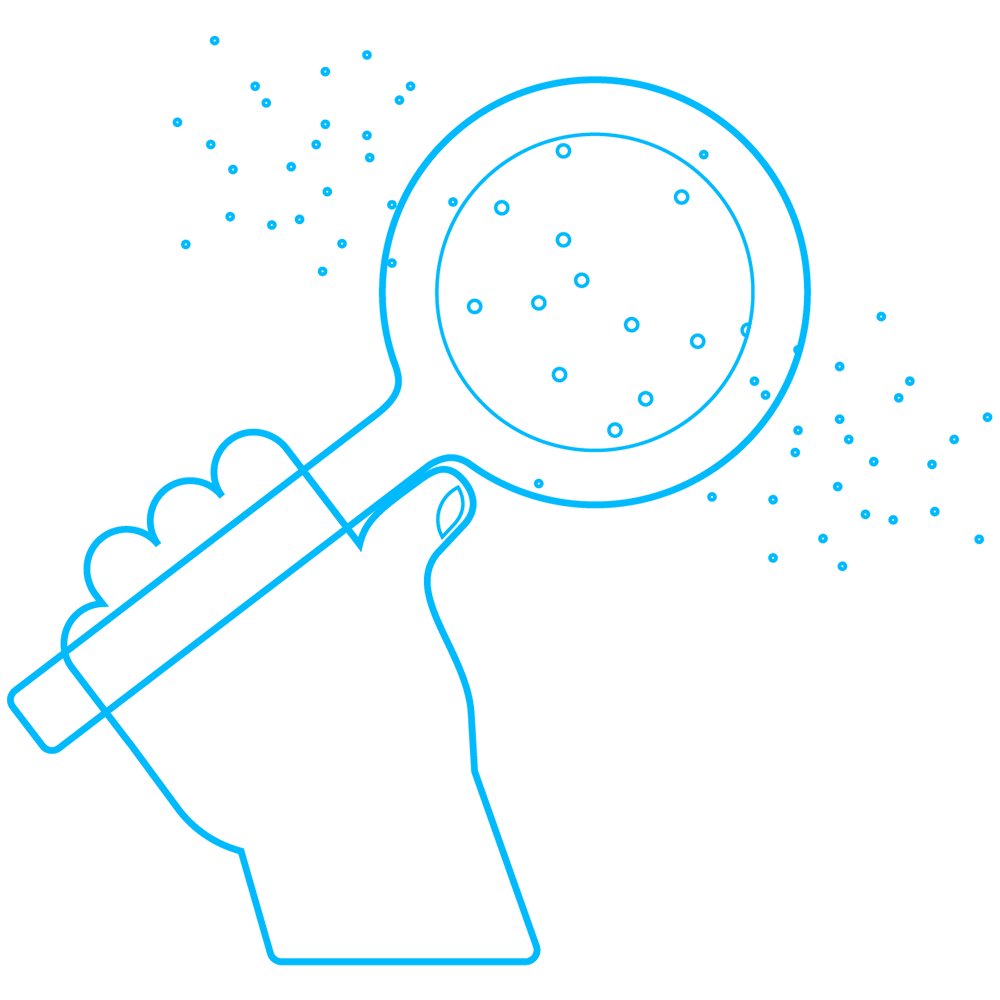What is air pollution?

Some pollution, often called PM10 or PM2.5, is made up of little bits of material, which can be from all sorts of places including smoke from fires, exhaust fumes, smoking or the dust from brake pads on cars. These particles are smaller than the width of a human hair (and PM2.5 is four times smaller even than PM10: the numbers refer to particles up to 10 or 2.5 micrometers in width) and we can breathe them in without noticing.
Normally these particles are too small to see, but on some days with especially high pollution levels they can mix with other types of pollution to make the sky look a little hazy.

As well as particles, there are also gases. Sulphur Dioxide (SO2) and Nitrogen Oxides (NOX) come mostly from burning fuels or other materials, so levels are especially high around roads. But you also get them from home gas boilers, bonfires and other sources as well. Ammonia (NH3) comes mostly from farms, especially from animal manure, slurry and other fertilisers used to grow crops.
These gases also mix with the air we breathe and are absorbed into our bodies.
Ground level ozone is created when other types of air pollution (such as nitrogen oxides, VOCs, carbon monoxide and methane) are exposed to sunlight. Ground level ozone is an irritant and can cause damage to various parts of the body such as the lining of the lungs.

Ozone (O3) in the upper atmosphere is really valuable to protect us from UV-B rays, helping to prevent sunburn and cancer. But when it’s in the lower atmosphere and the air around us, ozone gas is an irritant and can cause swelling in various parts of the body such as the lungs.
Lower level ozone is created when other types of pollution are exposed to sunlight, so we get the most ozone when other pollution levels are high.

While lots of pollution can have long term health impacts on people, some pollution can be dangerous straight away when there is enough of it. Carbon Monoxide (CO) is made when things are burned without enough oxygen around them and it stops your blood from being able to transport oxygen around your body.
A lot of Carbon Monoxide is produced by vehicles, but it is most dangerous in enclosed areas, like your home, where the amount can build up to high levels.
Radon is a naturally occurring radioactive gas that comes from the ground as the earth decays. There is an increased risk of lung cancer if exposed to high levels of radon for a long time, as it is the second highest cause of lung cancer after smoking. It’s generally not a problem in outside air but can accumulate in buildings.
There are lots of chemicals which can create air pollution including those known as Volatile Organic Compounds or VOCs. This is the name for a group of chemicals that start as liquids or solids, but disperse into the air very easily. You can often tell when things contain a lot of these chemicals because they can have a very strong smell after you have used them, like lots of paints and varnishes.
They also come from products like air fresheners, hair sprays and cleaning products. Once the chemicals mix with the air, they become very easy for us to breathe in and can have harmful effects.

Mould tends to grow in damp places. The damp might be because of leaking pipes or roofs, but is often because of condensation.
Condensation often forms in bathrooms from the use of showers or baths with inadequate ventillation, in kitchens from washing up and from cooking, and also from drying clothes indoors.
The mould spores that are released can trigger allergic reactions in some people and breathing difficulties in others.








